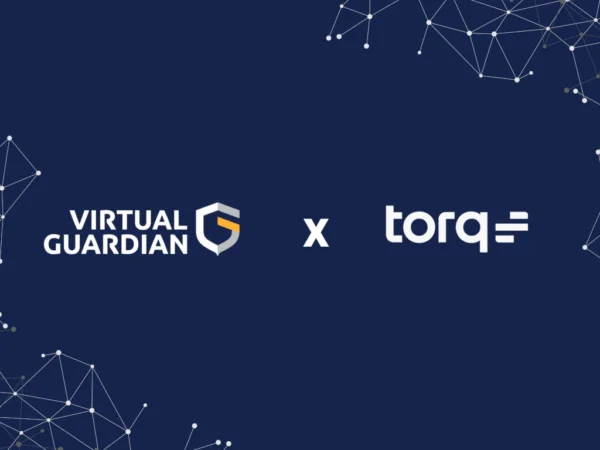Artificial intelligence (AI) is rapidly transforming businesses, automating tasks, generating insights, and streamlining workflows. But with the rapid increase of AI tools and extensions added to almost every tech stack, the question remains, are organizations truly leveraging AI to the fullest?
Understanding Shadow AI:
Shadow AI refers to the AI tools that companies may have invested in, either alone or as part of a suite of tools and are not currently being utilized. While organizations are eager to grow with the wave of productivity AI brings to the market, the road map to implementation is not always ready once the tools are in place. This can allow many AI tools to be left untouched and lurking in the shadows.
Employees and the Rise of Shadow AI:
When you have AI tools onboard that are not being leveraged to their potential, your organization is wasting crucial investments in growth and falling behind in potential automation and productivity.
With all of the benefits these tools bring to the table, why wouldn’t teams be eager to incorporate these tools into their workflow?
- Knowledge Gaps: Can anyone truly be fully aware of all the potential AI applications that could benefit employees? Almost every tech product has incorporated AI functionality that can add automation to processes of any function (from copywriting and coding to project management!).
- Change resistance: While some employees might see AI functions to the tools they use everyday for work as a potential threat to their role, it is important to drive home that AI is not here as a replacement but a growth tool. To avoid Shadow AI in your tech stack, it’s important to give employees opportunities to skill up. This can help build an eagerness to incorporating automation, allow employees to develop new skills that benefit their growth and the growth of the organization.
Common Examples of Shadow AI in the Workplace:
Shadow AI can manifest in various ways across different departments:
- Marketing: Tools like Canva and the adobe suite can now generate graphics, help speed up the video editing process and ensure branding compliance is followed easily across designs. Ignoring these AI powered benefits that these established tools have to offer can decrease the output of your team which can be detrimental in a world of consistent touchpoints and high speed social media.
- Sales: Tools incorporated into any sales tech stack have capabilities from helping to predict more qualified leads to helping craft emails that will have a higher impact. Leaving these tools to become part of your organization’s Shadow AI tech can lead to missed targeted opportunities.
- Product: The extensions and automation opportunities within product design tools from front-end to back end code are growing by the day. Platforms like Figma even populate HTML code based on UI designs created in the platform in real time! Leveraging these tools can not only save teams time, but with project management software in the mix that now can use AI to optimize process, can create a smoother flow to development in teams large and small.
These are just a few examples, and the potential applications of AI that could be part of your current Shadow AI library.
How can I bring our Shadow AI into the light?
To get started, it’s vital to audit the tools you have available to get a clear picture of the AI tools you have lurking in the shadows.
Once you have an idea of the capabilities that are already onboard, it’s important to take the time to communicate their benefits with your team and develop a strategic roadmap. Some steps you could take include:
- Encouraging Open Communication: Setting up channels of open communication with employees about the benefits of the AI tools available in your suite. Foster a culture of transparency where employees feel comfortable discussing their needs for AI solutions and can come together to strategies how they can use them effectively.
- Clear AI Policy: Develop a clear policy outlining responsible AI adoption within the organization. This policy should address data security and the approval process for your AI tools.
- Streamlined IT Processes: Streamline IT approval processes for new AI tools to meet employee needs efficiently. This reduces frustration and encourages employees to seek authorized solutions instead of bringing on even more outsider AI tools that could pose security risks.
- Employee Training: Invest in employee training on responsible AI use and data security. Educate employees on how to use the AI tools acquired by your organization and the importance of adhering to organizational policies.
By implementing these strategies, organizations can harness the potential of their AI tools and bring them out of the shadows. They can create a framework that fosters responsible AI adoption, empowers employees, and ensures the security use of this powerful technology. Want to create a customised plan that will help your organization leverage tools that might be lost in your Shadow AI? Speak with our experts at Virtual Guardian to get started.


